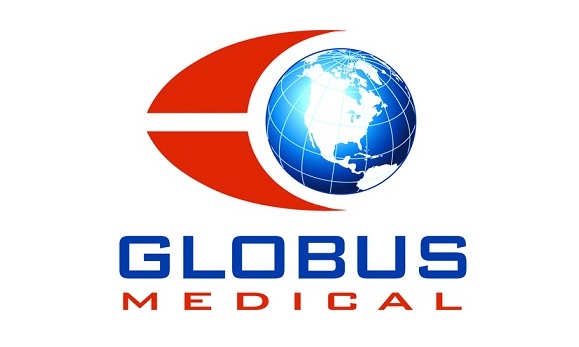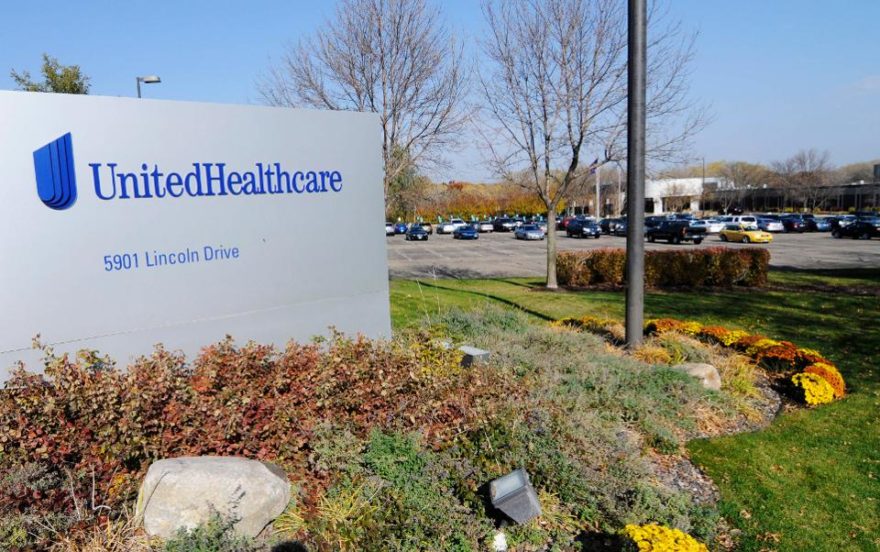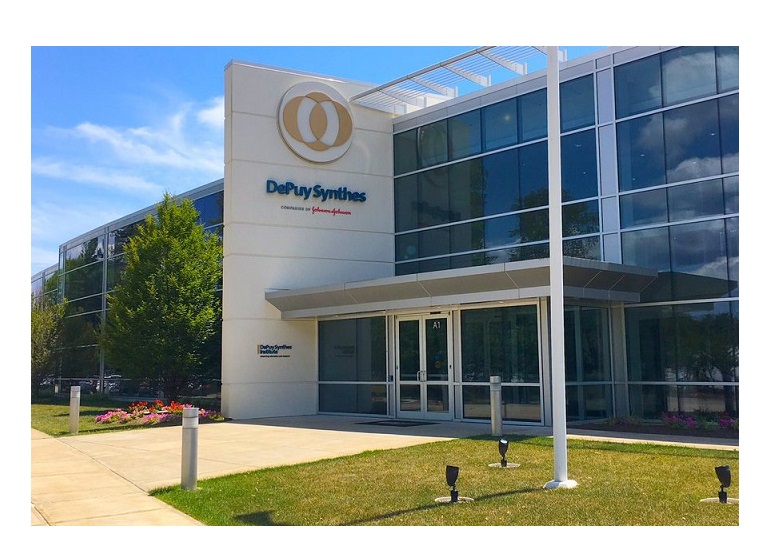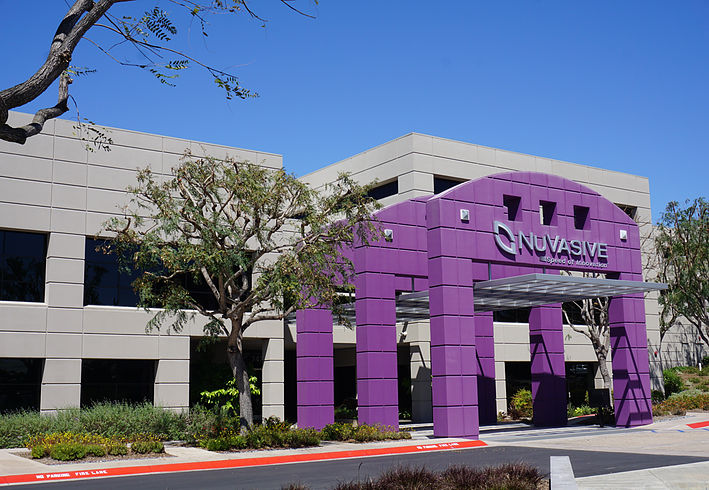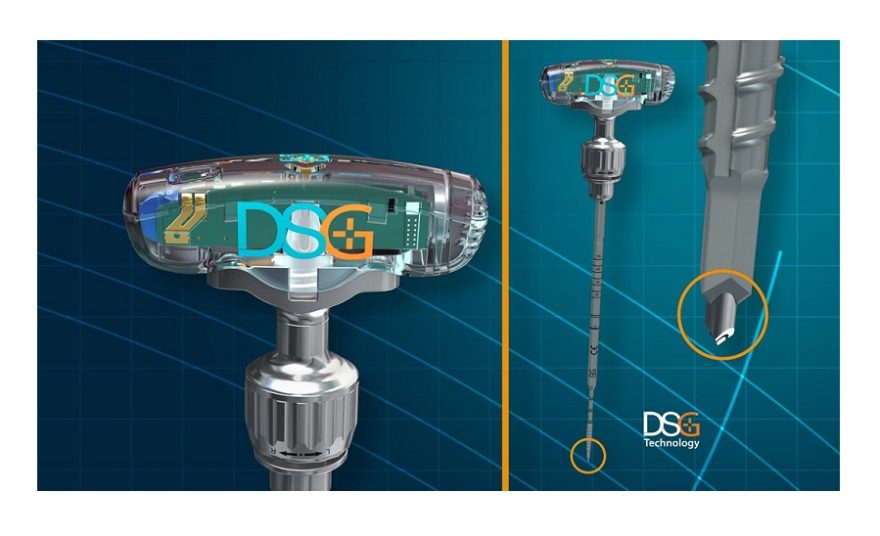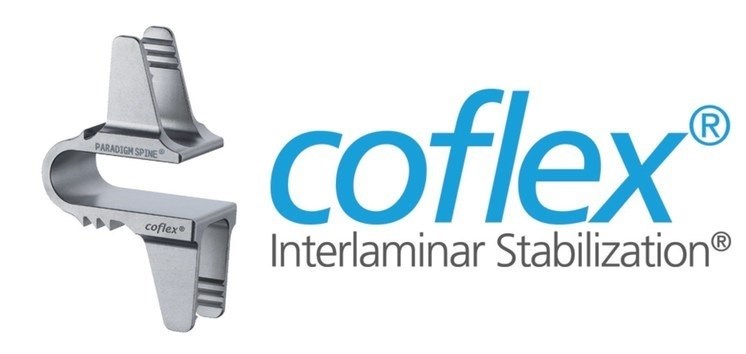AUDUBON, Pa., May 15, 2018 (GLOBE NEWSWIRE) — Globus Medical, Inc. (NYSE:GMED), a leading musculoskeletal solutions company, today announced the results of the study “Clinical and radiographic analysis of expandable versus static lateral lumbar interbody fusion devices with two-year follow-up” published in the Journal of Spine Surgery, supporting benefits of Globus’ expandable lateral spacers.
The study co-authored by Joseph O’Brien, MD, orthopedic surgeon at Washington Spine and Scoliosis Institute and Dr. Richard Frisch, orthopedic surgeon at Southeastern Spine Institute, compared clinical and radiographic outcomes of fifty-six patients who underwent minimally invasive lateral lumber interbody fusion (LLIF) for symptomatic degenerative disc disease. At two-years post-operative, patients in both the expandable and static spacer groups reported similar improvements in back pain scores and no significant differences in clinical outcomes. Radiographic evidence confirmed solid fusion was achieved in 100% of levels treated in both groups, however, significant differences in the rate of implant subsidence were observed.
While no subsidence was found in patients treated with expandable LLIF spacers, implant subsidence occurred in 16% of levels treated with static LLIF spacers. “Subsidence is a greater concern with the minimally invasive LLIF technique since it relies heavily on indirect decompression of the neural elements as compared to alternative posterior approaches,” said Dr. O’Brien. “The ability to insert Globus’ expandable spacers with less impaction and to control height expansion from within the disc space helps to minimize endplate damage and in this study resulted in a reduced risk of implant subsidence.”
Globus Medical is the market leader in expandable technology with over 20 expandable implant systems designed to be inserted at a minimized profile and expanded in situ to optimize fit and minimize endplate damage.
Access the full study and learn more about Globus Medical’s lateral expandable interbody spacers portfolio at www.GlobusMedical.com/LLIF
About Globus Medical, Inc.
Globus Medical, Inc. is a leading musculoskeletal solutions company based in Audubon, PA. The company was founded in 2003 by an experienced team of professionals with a shared vision to create products that enable surgeons to promote healing in patients with musculoskeletal disorders. Additional information can be accessed at http://www.globusmedical.com.
Safe Harbor Statements
All statements included in this press release other than statements of historical fact are forward-looking statements and may be identified by their use of words such as “believe,” “may,” “might,” “could,” “will,” “aim,” “estimate,” “continue,” “anticipate,” “intend,” “expect,” “plan” and other similar terms. These forward-looking statements are based on our current assumptions, expectations and estimates of future events and trends. Forward-looking statements are only predictions and are subject to many risks, uncertainties and other factors that may affect our businesses and operations and could cause actual results to differ materially from those predicted. These risks and uncertainties include, but are not limited to, factors affecting our quarterly results, our ability to manage our growth, our ability to sustain our profitability, demand for our products, our ability to compete successfully (including without limitation our ability to convince surgeons to use our products and our ability to attract and retain sales and other personnel), our ability to rapidly develop and introduce new products, our ability to develop and execute on successful business strategies, our ability to comply with changing laws and regulations that are applicable to our businesses, our ability to safeguard our intellectual property, our success in defending legal proceedings brought against us, trends in the medical device industry, general economic conditions, and other risks. For a discussion of these and other risks, uncertainties and other factors that could affect our results, you should refer to the disclosure contained in our most recent annual report on Form 10-K filed with the Securities and Exchange Commission, including the sections labeled “Risk Factors” and “Cautionary Note Concerning Forward-Looking Statements,” and in our Forms 10-Q, Forms 8-K and other filings with the Securities and Exchange Commission. These documents are available at www.sec.gov. Moreover, we operate in an evolving environment. New risk factors and uncertainties emerge from time to time and it is not possible for us to predict all risk factors and uncertainties, nor can we assess the impact of all factors on its business or the extent to which any factor, or combination of factors, may cause actual results to differ materially from those contained in any forward-looking statements. Given these risks and uncertainties, readers are cautioned not to place undue reliance on any forward-looking statements. Forward-looking statements contained in this press release speak only as of the date of this press release. We undertake no obligation to update any forward-looking statements as a result of new information, events or circumstances or other factors arising or coming to our attention after the date hereof.
Contact:
Brian Kearns
Vice President, Business Development and Investor Relations
Phone: (610) 930-1800
Email: investors@globusmedical.com
www.globusmedical.com


